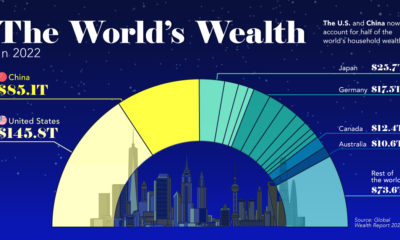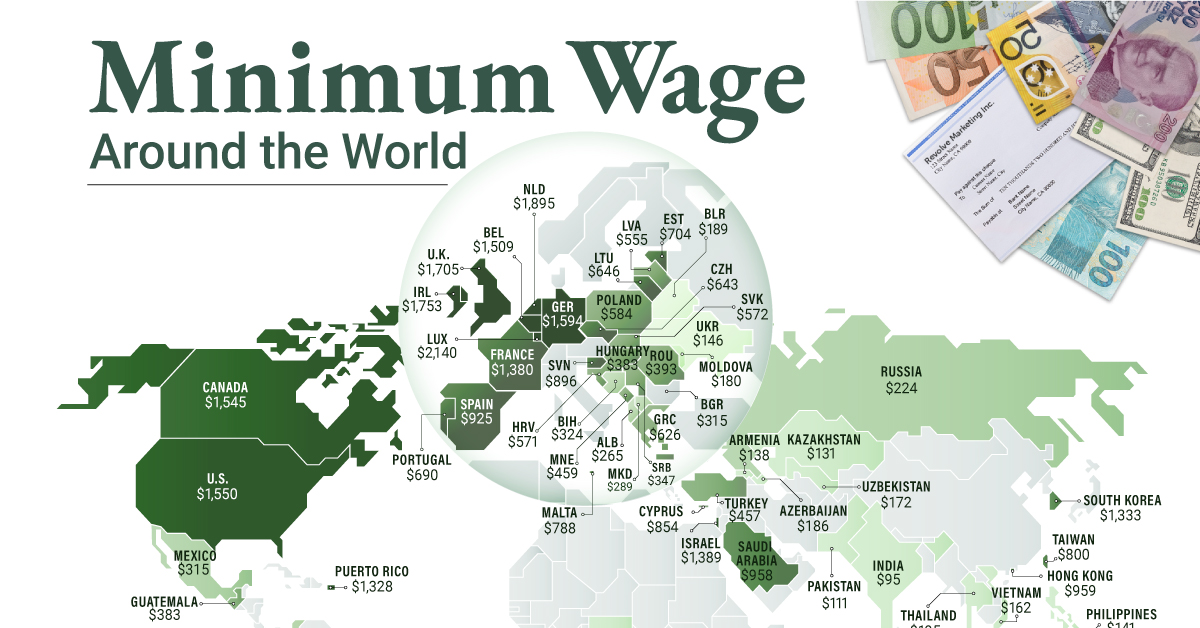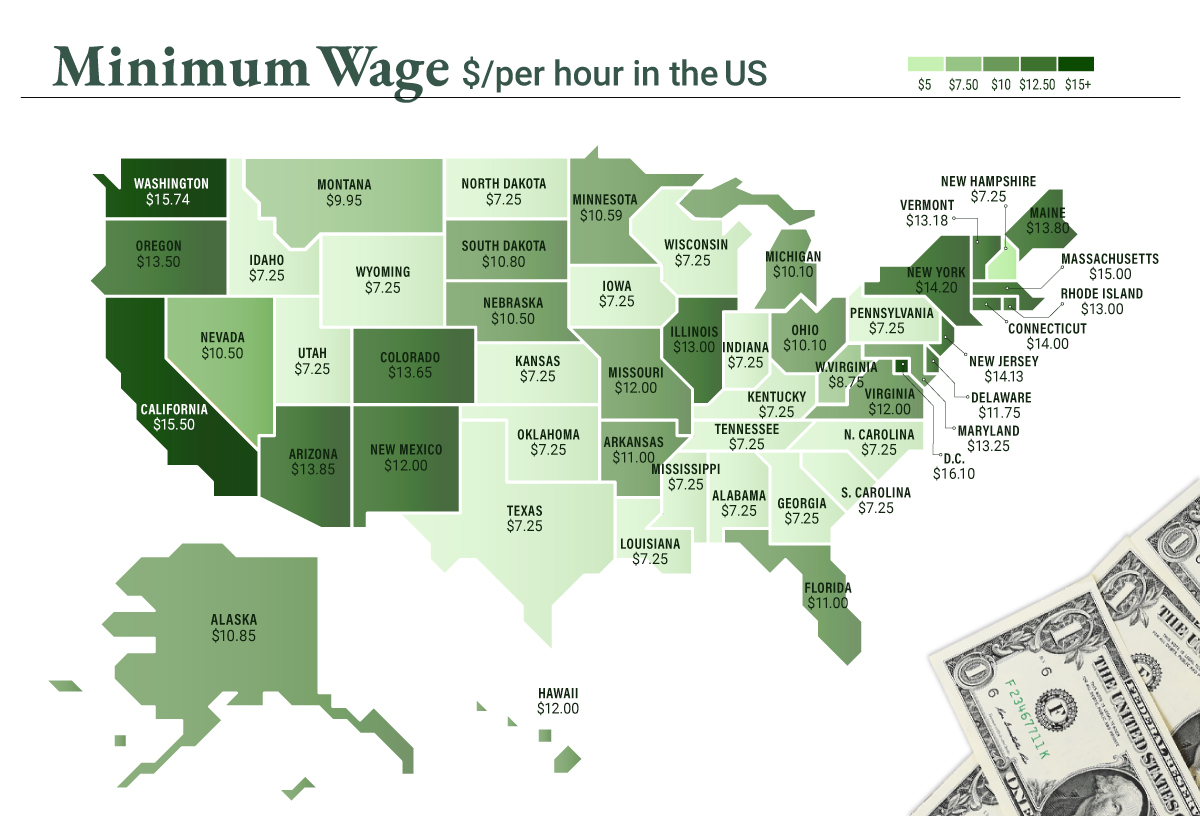Millennials and Money
Arguably the most significant transition the world faces is a demographic sea change. The Baby Boomers are retiring and the Millennials (born 1981-2000) are taking the baton and running. This group is the largest North American generation in history, and we’ve talked about their investing and money habits before. Today’s infographic is based on looking at over 100 surveys of Millennials in 2014, and it reveals a great deal about their habits in personal finance. Probably the most staggering figure, in our opinion, is that Millennials have a different attitude towards debt than previous generations. This is likely a result of growing up through the Financial Crisis, and also seeing their parents and countries take on unprecedented amounts of debt. It turns out that 63% of Millennials do not have a credit card, and do not want one. This is almost twice the amount (35%) of adults over 30 years old. There is other mistrust in the old financial guard, as 71% of Millennials would rather “go to the dentist, than listen to what banks are saying”. Not surprisingly, some other results: Millennials are willing to spend more to go green than other generations (56% vs. 34%), Millennials want a job that makes a big social impact in contrast to employed people over 35 years old (35% vs. 19%), and Millennials believe social media and word of mouth much more than television, magazine, or online advertisements. What Millennials want will slowly turn the investing world upside down in many categories. Any service marketed towards this group will likely be profoundly impacted, so it is an area worth watching for investors. Original graphic from: Consolidated Credit
on To see how the minimum wage differs around the world, we’ve visualized data from Picodi, which includes values for 67 countries as of January 2023.
Monthly Minimum Wage, by Country
The following table includes all of the data used in this infographic. Each value represents the monthly minimum wage a full-time worker would receive in each country. Picodi states that these figures are net of taxes and have been converted to USD. Generally speaking, developed countries have a higher cost of living, and thus require a higher minimum wage. Two outliers in this dataset are Argentina and Turkey, which have increased their minimum wages by 100% or more from January 2022 levels. Turkey is suffering from an ongoing currency crisis, with the lira losing over 40% of its value in 2021. Prices of basic goods have increased considerably as the Turkish lira continues to plummet. In fact, a 2022 survey found that 70% of people in Turkey were struggling to pay for food. Argentina, South America’s second-biggest economy, is also suffering from very high inflation. In response, the country announced three minimum wage increases throughout 2022.
Minimum Wage in the U.S.
Within the U.S., minimum wage varies significantly by state. We’ve visualized each state’s basic minimum rate (hourly) using January 2023 data from the U.S. Department of Labor.
2023-03-17 Update: This map was updated to fix several incorrect values. We apologize for any confusion this may have caused. America’s federal minimum wage has remained unchanged since 2009 at $7.25 per hour. Each state is allowed to set their own minimum wage, as long as it’s higher than the federal minimum. In states that do not set their own minimum, the federal minimum applies. If we assume someone works 40 hours a week, the federal minimum wage of $7.25 translates to an annual figure of just $15,080 before taxes. California’s minimum wage of $15.50 translates to $32,240 before taxes. For further perspective, check out our 2022 infographic on the salary needed to buy a home across 50 U.S. cities.














